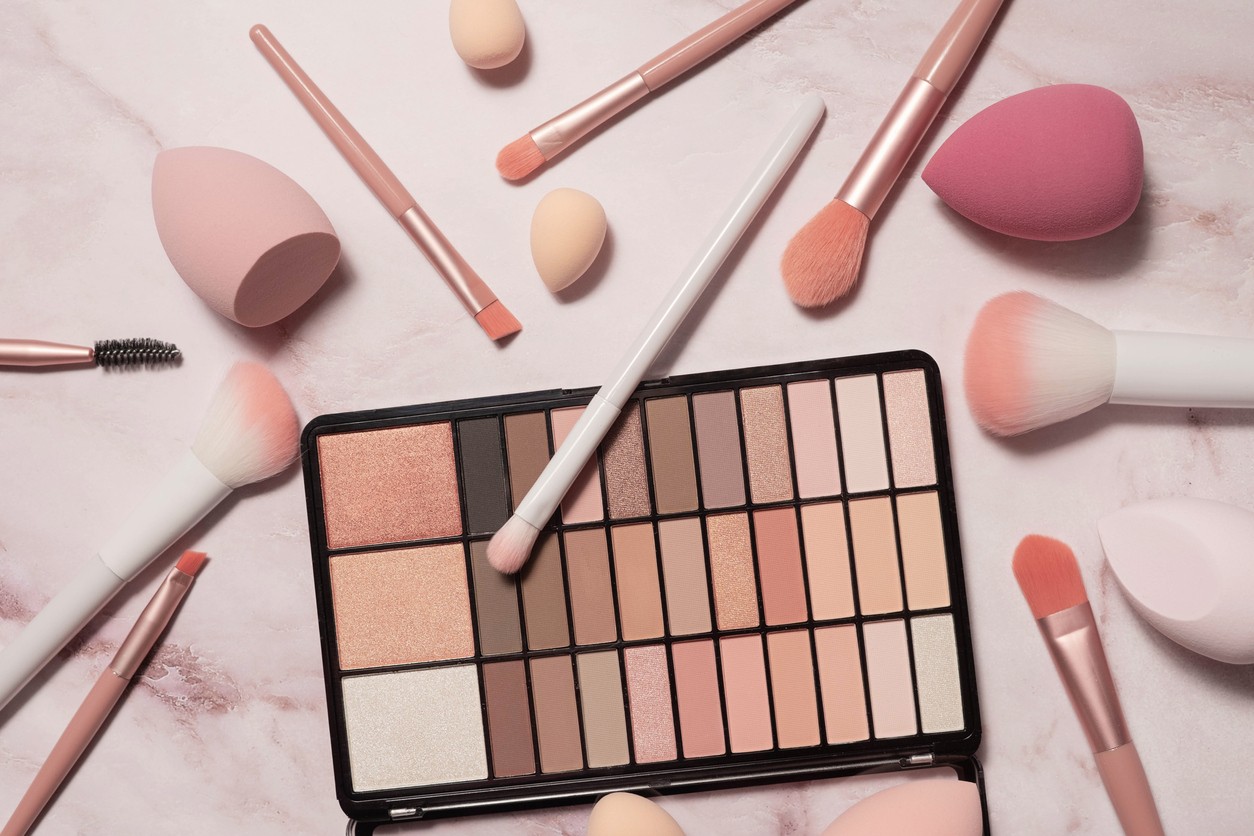
Columbus Public Radio: Digging into the dirt on clean beauty
The University of Cincinnati's Kelly Dobos spoke with WOSU Public Media out of Columbus, Ohio about cosmetics that are labeled as "clean beauty" products.
Dobos said the term "clean beauty" is complicated because there is no regulatory or legal definition of what that means.
Some brands combine bits of information, or misinformation, about a product's chemical composition as a marketing ploy, Dobos said. For example, some brands tout being free of ingredients that would never be used in that product in the first place.
"A solvent-based nail polish that claims it’s paraben free is kind of silly in my opinion because we’ve never needed a preservative in that type of system for that product," said Dobos, a cosmetic chemist and adjunct instructor in UC's Cosmetic Science Program in the James L. Winkle College of Pharmacy. "So it’s an easy claim to make, but it’s not really a valid claim in my opinion, and I think it leads to more confusion in consumer markets."
Dobos said rather than saying a certain ingredient is good or bad, it is more helpful to conduct a risk assessment based on its potential to cause harm in a variety of levels of exposure.
"I drink several cups of coffee a day, safely, but we know that there are examples where if you have too much caffeine in a short period of time it can be dangerous and toxic," Dobos said. "So that hazard and risk assessment is part of what we look at with ingredients."
Dobos recommended the website CosmeticsInfo.org , a database operated by the Personal Care Products Council, as a resource to find unbiased information about ingredients and products.
Listen to the WOSU Public Media interview. (Note: Segment begins around 15:55 mark.)
Dobos also recently discussed factors to consider when deciding whether pricey skincare products are worth the cost with Her World. Read the Her World article.
Featured photo at top of makeup and brushes. Photo/July Ko/iStock.
Related Stories
UC's art collection on display at the Contemporary Arts Center
January 5, 2026
University of Cincinnati leaders joined WVXU's Cincinnati Edition to talk about the university’s 200-year-old art collection, a new exhibition at the Contemporary Arts Center and the release of a companion book exploring the collection’s role in education and public engagement.
UC faculty and staff among Rising Star leadership honorees
January 5, 2026
Two UC faculty and staff members are among this year's Rising Star leadership program sponsored by YWCA Greater Cincinnati. Kelli Beecher, assistant professor in the UC College of Nursing, and Brittany Bibb, assistant director of programs and operations in the UC Division of Student Affairs, are among the emerging leaders of 2026. They were featured in the publication Movers & Makers.
What's behind the mysterious rise of migraines?
January 5, 2026
Weather patterns such as extreme heat and storm conditions have been linked to migraine attacks, and research shows those environmental conditions are becoming more common. As National Geographic recently reported, one of the leading theories behind this mysterious rise is that climate change may be playing a role.
